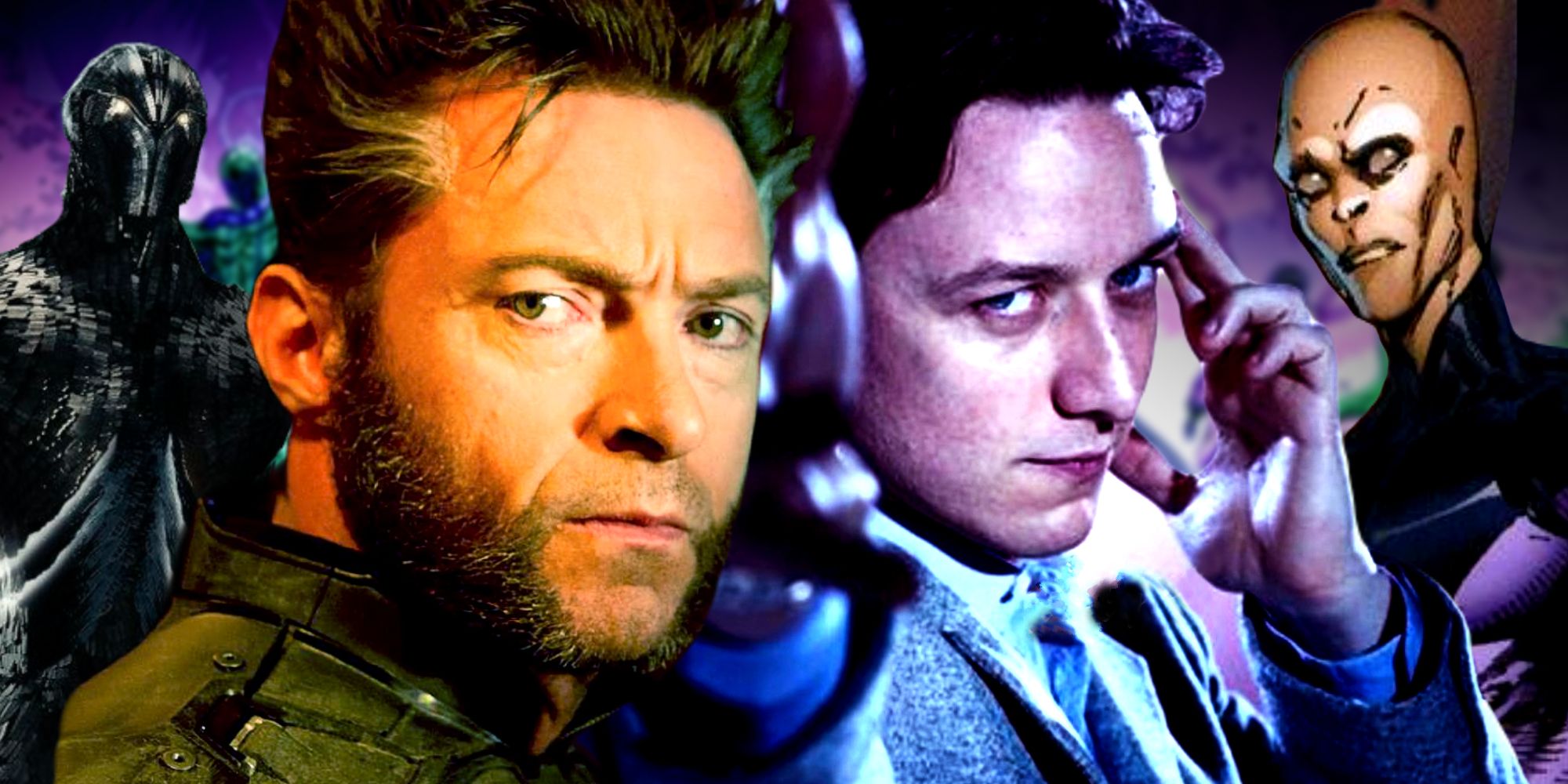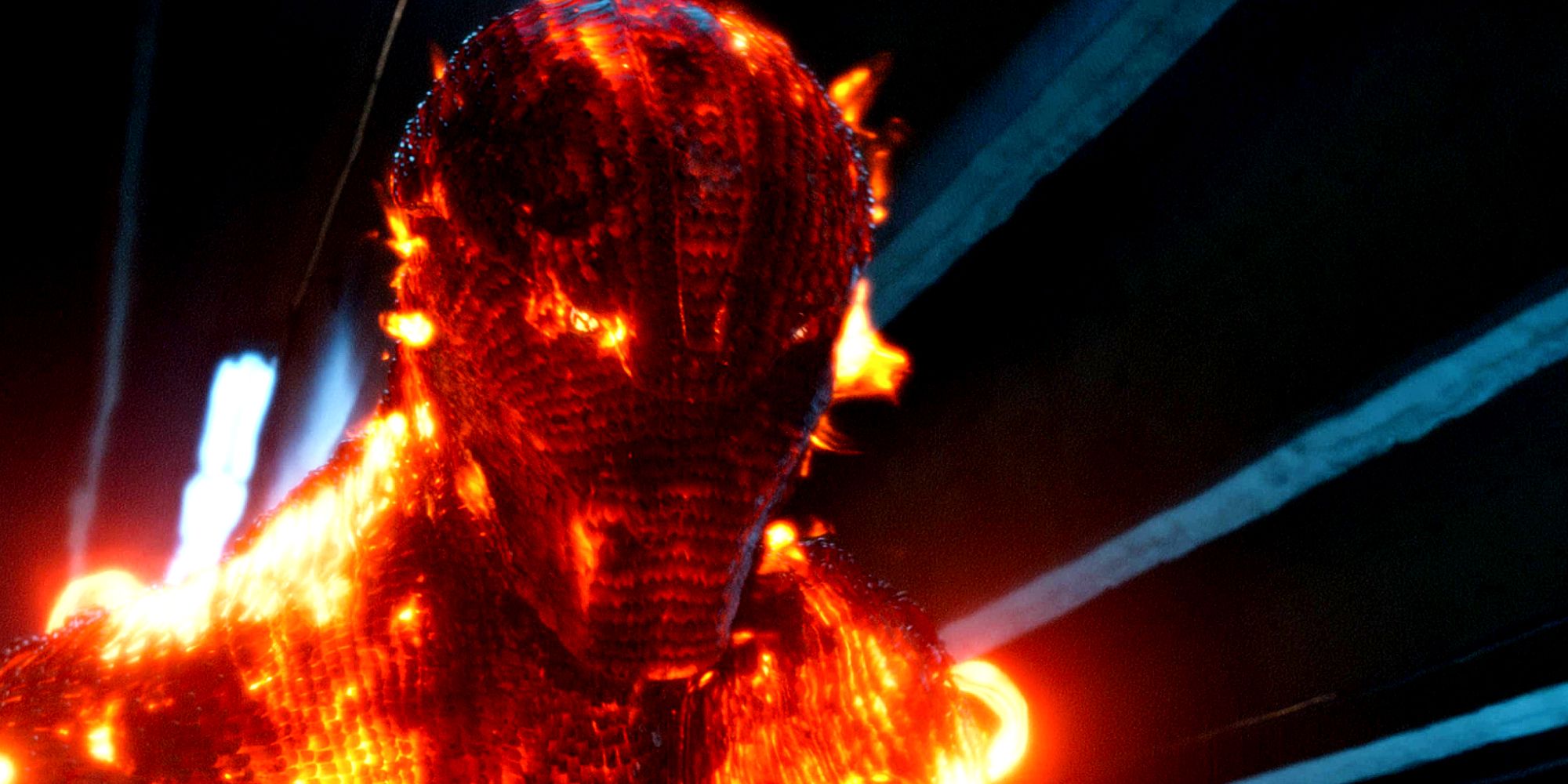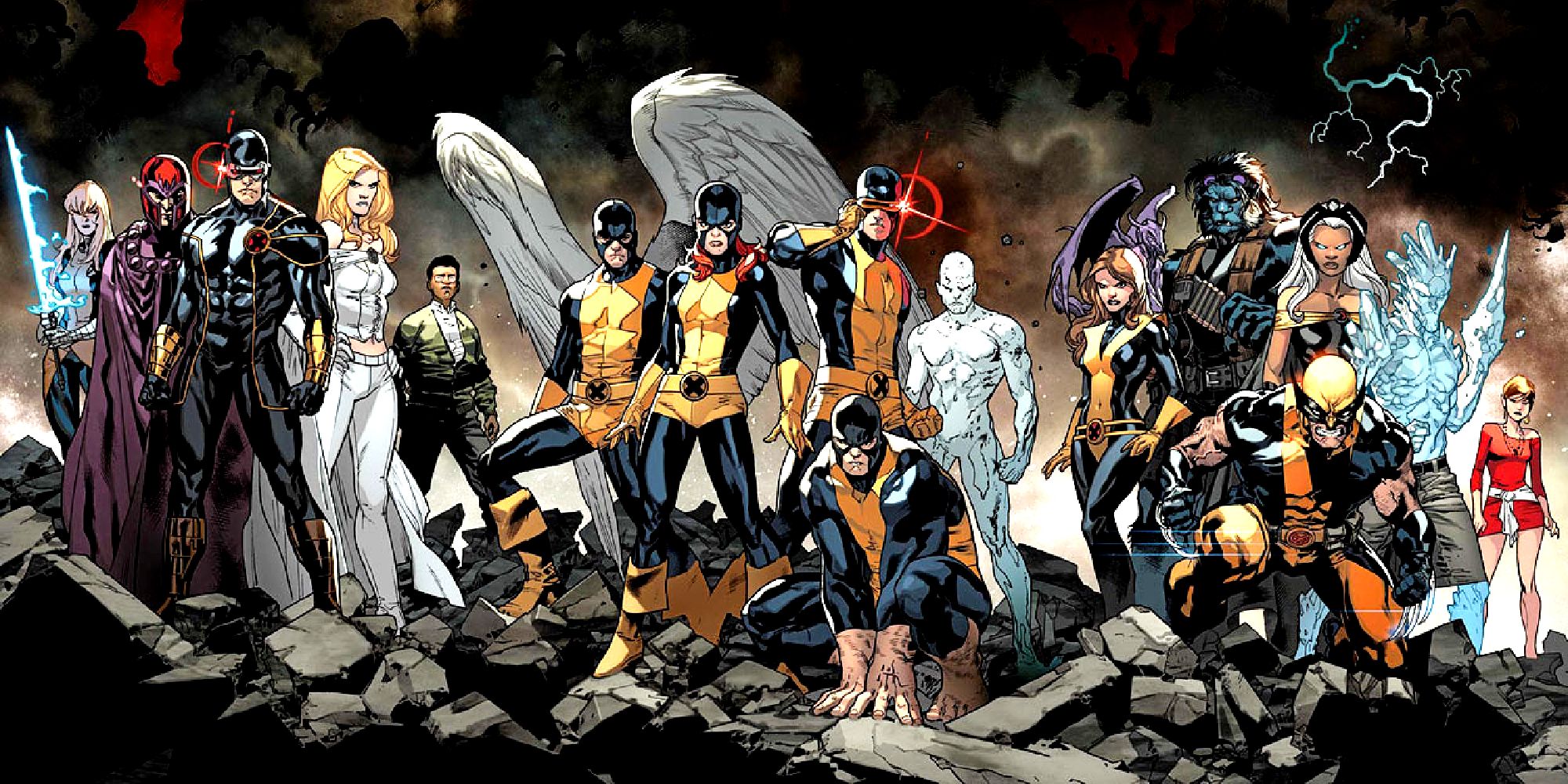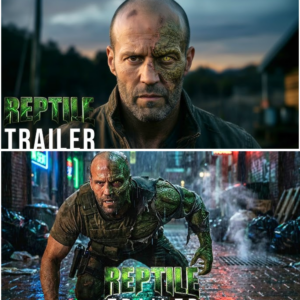
The X-Men movies infamously insulted Marvel’s truly invincible mutant, but the franchise’s second blunder with the character usually goes unnoticed. Fox’s thirteen X-Men movies introduced dozens of mutant characters, including A-list icons such as Wolverine, Jean Grey, and Magneto, as well as lesser-known mutants like Dust, Bolt, and Ink. Some of X-Men character adaptations were more faithful than others, while others barely got any screentime. One mutant in particular got a particularly unfair treatment, with very little screen time and a ludicrous death.
In X-Men: First Class, Edi Gathegi played Armando Muñoz a.k.a. Darwin, a mutant with the ability to adapt to any environment or situation almost instantly, which in theory renders him unkillable. However, Sebastian Shaw killed Darwin effortlessly, as Darwin’s abilities somehow failed to counteract Shaw’s energy-based powers. As if that weren’t enough, X-Men: First Class’ sequel based a major part of its plot on Darwin’s abilities, yet the movie never acknowledged him.
X-Men: Days Of Future Past Made Darwin’s First Class Death Even Worse
The Future Sentinels Possess Darwin’s Abilities, And They’re Actually Invincible

X-Men: Days of Future Past followed up on the events of X-Men: First Class and tied them to the present-day X-Men timeline. It confirmed that various characters from the previous movie died off-screen, and revealed that Bolivar Trask used Mystique’s genes to design the future Sentinels. X-Men: Days of Future Past: The Rogue Cut then suggested that Rogue’s mutation was the true key to the Sentinels’ endless superpowers. By giving Mystique and Rogue the credit, X-Men: Days of Future Past and its extended cut are ignoring the fact that the Sentinels’ super adaptability is a one-to-one copy of Darwin’s mutation.
The future Sentinels are virtually invincible, to the point that they successfully kill every mutant in the world and take over the planet. Each of the robots can adapt to the X-Men attacks instantly. For instance, one Sentinel adapts to Iceman’s attacks at the same time as a different one is adapting to Sunspot’s energy beams, which allows them to kill the former with magma and the latter with ice. This is exactly how Darwin’s mutation is supposed to work. Yet, Darwin didn’t adapt to Sebastian Shaw’s rather simple attack, and he didn’t play any role in the Sentinels’ creation, either.
How The MCU’s X-Men Movies Can Avoid Snubbing Lesser-Known Mutants Like Darwin
Mutants Work Best When They Share The Spotlight With Other Characters And Teams

The X-Men movies were unable to divide their runtime evenly, let alone allow minor characters like Darwin to shine. Even famous mutants like Nightcrawler, Colossus, and Storm had very little screen time in comparison to stars like Hugh Jackman’s Wolverine and Patrick Stewart’s Professor X. In order to fix this, the MCU’s X-Men movies and shows could follow various different mutant teams. The main X-Men team could include Marvel’s most famous mutants, while other smaller squads could feature lesser-known characters who would get their time in the spotlight as they experience their own adventures away from Professor X’s main students.





